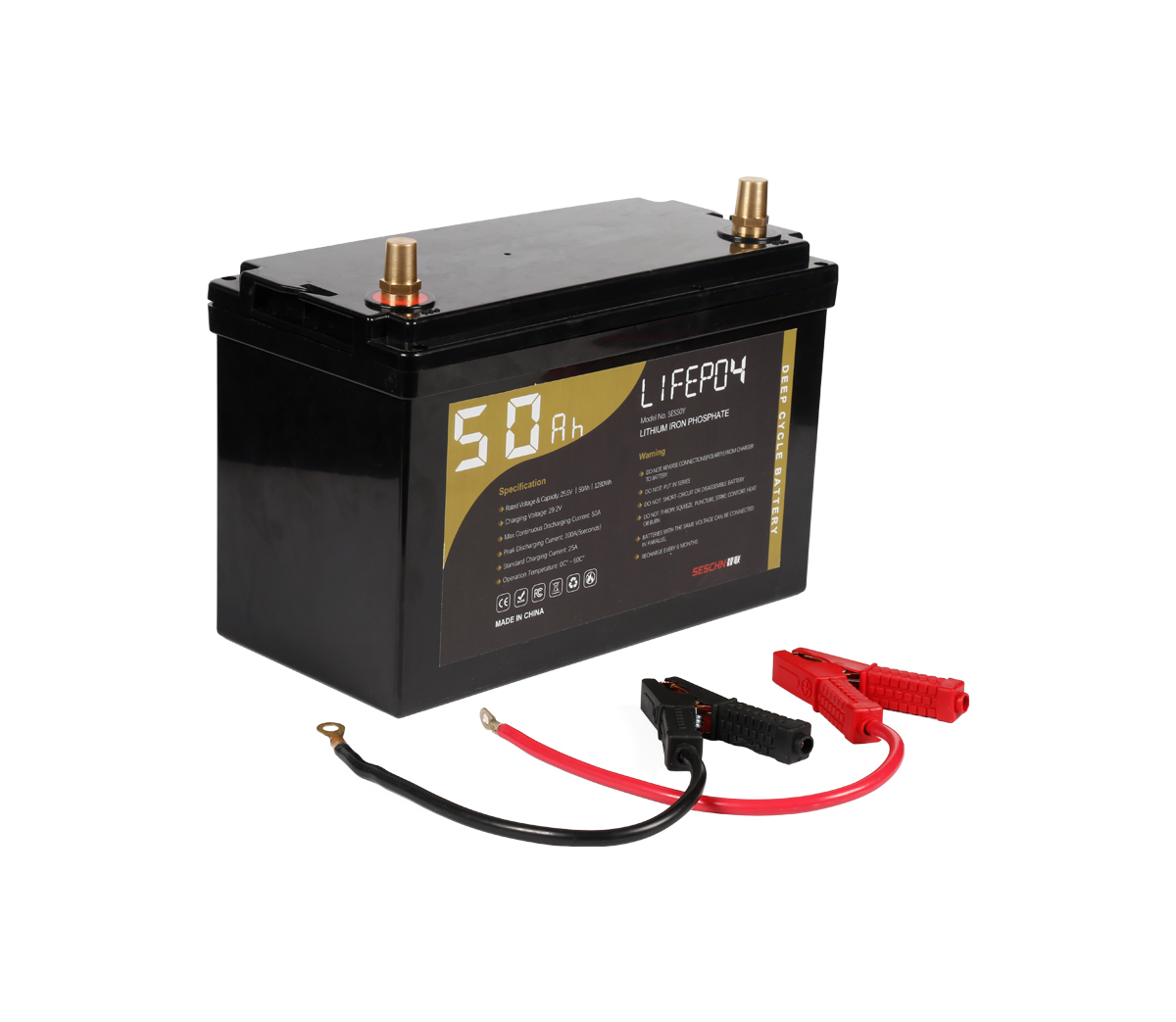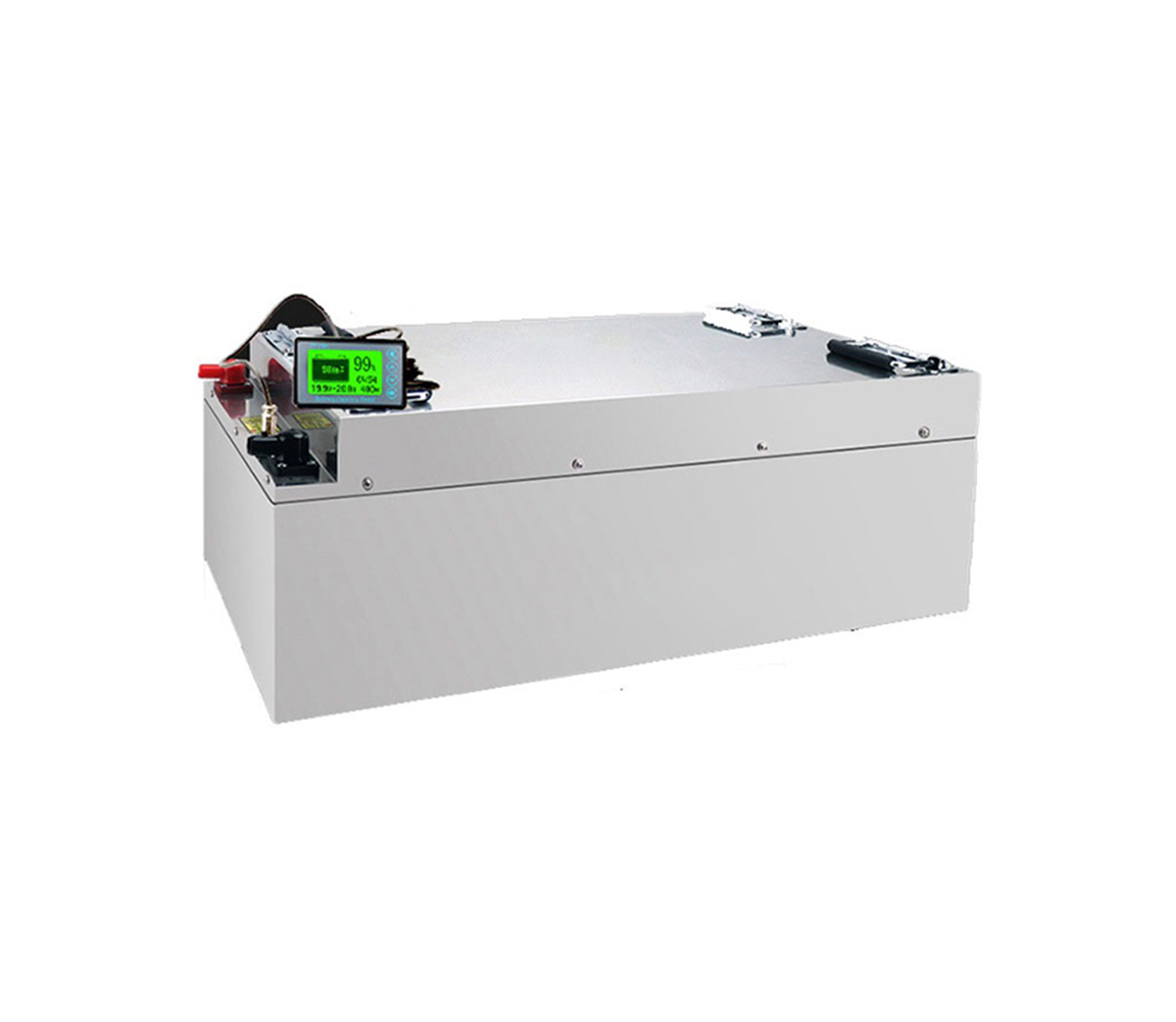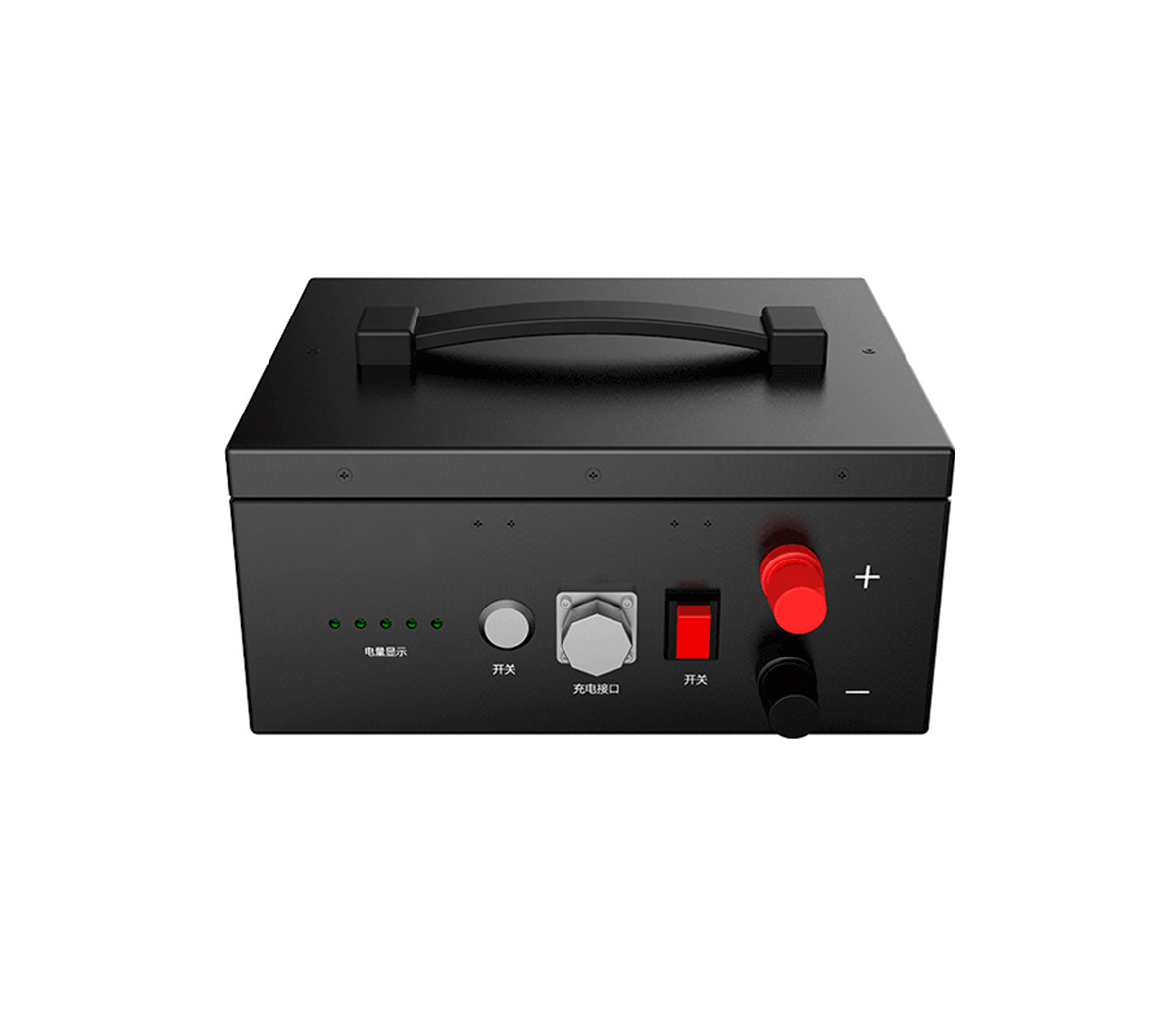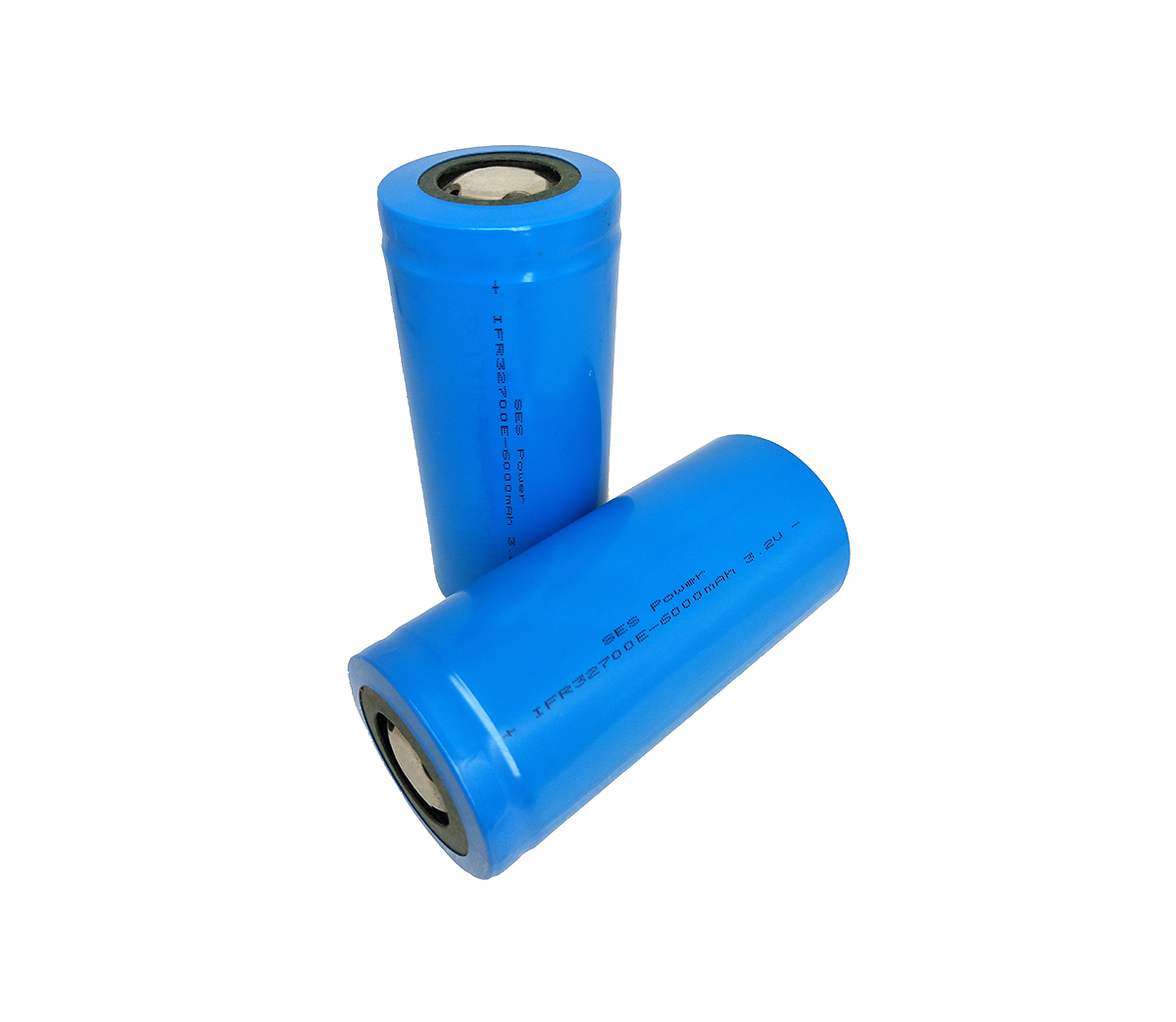
In outdoor travel, equipment such as cameras, mobile phones, GPS and
flashlights are indispensable. Of course, power supply and batteries have become
a problem that cannot be ignored, and rechargeable batteries are widely used.
The following editor will popularize the knowledge about batteries for
everyone.
Temperature characteristics: Since the migration rate of rechargeable
batteries in the electrolyte and electrode sheets is closely related to
temperature, fluctuations in temperature will significantly affect the technical
performance of rechargeable batteries.
Storage temperature: Under normal circumstances, because the battery
contains liquid inside, long-term storage at low temperatures will destroy the
internal chemical substances of the battery. Therefore, it is recommended that
the storage temperature should not be lower than -20°C under conditions; and too
high temperature will also cause damage. The battery cannot reach its rated
capacity. Generally, the storage temperature should not be higher than 40°C. The
normal storage temperature of rechargeable batteries is -20℃~+65℃. When the
temperature drops below -20℃, the electrolyte in the battery will solidify, the
internal resistance of the battery will become infinite, and the battery will
become unusable. When the temperature exceeds +65°C, the electrolyte will
undergo side reactions and produce a lot of gas, and the resin adhesive in the
electrode sheet will also deteriorate, which will cause the entire battery to
gradually age and decline, and even fail in the short term.
Charging temperature: Generally, the charging temperature is between
0℃~45℃.
Discharge temperature: Under normal circumstances, the discharge
temperature is -20℃~65℃; but in some special cases, low temperature batteries
and high temperature resistant batteries can be used.
The battery pack is generally discharged before leaving the factory to
prevent short circuit due to shock or other reasons during transportation.
Usually, the new battery is not charged or only contains about 20% of the
power.
New batteries or batteries that have not been used for a long time may not
be fully activated due to the active material. Generally, two or three cycles of
low current (0.1C) charging and discharging are required before use to reach the
nominal capacity.
Batteries that will not be used for a long time should be stored in a
charged state. Generally, they can be pre-charged with 50% to 100% of power and
stored. It is recommended to charge the battery once every three months to
restore the saturated capacity.
Battery use precautions:
Do not incinerate or disassemble the battery. The chemicals in it are
corrosive and will harm the skin and eyes.
Do not pull the lead or plug of the battery to prevent damage to the solder
joints and connections.
Different types of batteries cannot be mixed.
Welding on different types of batteries requires connecting pieces, etc.
for welding.
Fully charge with a small current before the first use.
Do not charge in parallel, otherwise irregular charging current will
occur.
Do not use the battery in reverse or short-circuit it.
After the battery is fully discharged, the charging time should be extended
to reach the saturated capacity.
Please store the battery in a cool, ventilated and dry environment with a
temperature not higher than 45°C.
When the battery is fully charged or half full, do not store a large number
of batteries intensively.
Do not come into contact with acid gas, and avoid close to fire
sources.
Primary battery: refers to a battery that cannot be charged but can only be
discharged, but the capacity of the primary battery is generally greater than
that of the same specification rechargeable batteries, such as zinc-manganese,
alkaline dry batteries, lithium button batteries, lithium sub-cells, etc.
Secondary battery: refers to batteries that can be recharged and recycled,
such as lead-acid, nickel-cadmium, nickel-metal hydride, lithium ion, lithium
polymer, fuel, zinc, aluminum, magnesium-air batteries, etc.
Rated capacity: refers to the electric energy that can be released when the
battery is fully charged and discharged to the cut-off voltage under no-load
state, generally expressed in mAh or Ah (1Ah=1000mAh) symbols. However, if the
battery is connected to a load during use and after long-term use, the amount of
power released by the battery will decrease. Capacity Since charging and
discharging are performed under a certain C-rate condition, the battery capacity
is directly related to the C-rate. Normally, the nominal capacity of the battery
refers to the electric capacity measured at 0.2C. The larger the C-rate, the
smaller the discharge rate of the battery. Charging capacity (Ah or mAh) =
charging current × charging time, and discharging capacity (Ah or mAh) =
discharging current × discharging time. Generally speaking, 0.2C current
discharge can basically reach 95%~100% discharge rate, while 1C current
discharge can only reach about 90% discharge rate. Because charging is affected
by the characteristics of battery raw materials, it needs more time to charge
accordingly. It is 120~160% of the discharge time of the same current. For
example, for NI-MHAA1800mAh, it takes about 6~8 hours to charge at 0.2C (360mA),
and about 5 hours to discharge at 0.2C (360mA).
Rated voltage: refers to the potential difference caused by the chemical
reaction of the positive and negative materials of the battery, and the
resulting voltage value. Different batteries produce different voltages due to
different positive and negative materials, such as lead-acid: 2V/cell,
nickel-cadmium, nickel-hydrogen: 1.2V/cell, and lithium-ion battery: 3.6V/cell.
In addition, the battery voltage will continue to rise to a certain value with
the charging process, and will continue to drop to a certain value with the
discharging process.
Open circuit voltage: refers to the voltage when the battery is not
connected to an external circuit or external load. The open circuit voltage has
a certain relationship with the remaining energy of the battery. Therefore, the
battery display of the mobile phone is manufactured by using this
relationship.
Internal resistance: Refers to the internal resistance of the battery
automatically generated by chemical materials. Generally speaking, the smaller
the internal resistance, the better the charge and discharge performance of the
battery. The internal resistance of the battery is a very complex and very
important characteristic, also known as the battery impedance, including DC
resistance and AC resistance. The factors that affect the internal resistance of
the battery include: ① the composition of the electrolyte; ② the composition of
the positive and negative electrode sheets, such as the content of conductive
carbon powder; ③ the geometric area and specific surface area of the positive
and negative electrode sheets; ④ the metal substrate (copper foil and Aluminum
foil); ⑤The state of the interface between the electrolyte and the positive and
negative electrodes; ⑥Temperature; ⑦Charging status (open circuit voltage of the
battery); ⑧Measurement frequency; ⑨The internal structure design of the
battery.
C: It is used to express the ratio of the current when the battery is
charging and discharging, that is, the magnification. For a 1200mAh battery,
0.2C means 240mA (0.2 times of 1200mAh), and 1C means 1200mA (1 times of
1200mAh). Charge and discharge efficiency The charge and discharge efficiency is
also related to C (rate). Under the condition of 0.2C, the charge and discharge
efficiency of the polymer lithium battery should be 99.8%. Charge and discharge
efficiency=discharge capacity/charge capacity×100%
Discharge cut-off voltage: refers to the voltage reached when the battery
is fully charged and discharged (if it continues to discharge, it will be
over-discharged, which will greatly damage the life and performance of the
battery). Generally speaking, lead-acid batteries: 1.8 V/cell, Ni-Cd, Ni-MH:
1.0V/cell, Li-ion battery: 2.75V/cell.
Open circuit voltage: refers to the voltage between the positive and
negative poles of the battery when there is no load.
Depth of discharge: The ratio of the discharge capacity compared with the
rated capacity of the battery.
Overcharge (discharge): Refers to the charging (discharging) state that
exceeds the battery regulations. If the battery continues to be charged
(discharged), it may cause battery leakage or deterioration.
Energy density: refers to the energy released per unit volume or unit mass,
generally expressed by volume energy density (wh/l) and mass energy density
(wh/kg).
Self-discharge: After the battery is fully charged, its capacity will
naturally decay when it is not in contact with the external circuit and placed
at room temperature. During storage, the battery capacity will gradually
decrease. The ratio of the reduced capacity to the rated capacity is called the
self-discharge rate (Ni-Cd and Ni-MH batteries have a higher self-discharge rate
than lithium-ion batteries). Generally, the environmental temperature has a
great influence on it, and excessively high temperature will accelerate the
self-discharge of the battery. The expression method and unit of battery
capacity decay (self-discharge rate): %/month. The self-discharge rate of
nickel-cadmium and nickel-hydrogen batteries is 20-25%/month, and the
self-discharge rate of lithium batteries is 2-5%/month.
Cycle life: The secondary battery undergoes one charge and discharge, which
is called a cycle or a cycle. Under a certain discharge system, before the
battery capacity drops to the specified value, the number of cycles that the
battery undergoes is called the cycle life. The battery capacity will gradually
decrease when the secondary battery is repeatedly charged and discharged.
Generally, the rated capacity of the battery is used as the standard. The number
of charge and discharge times when the battery capacity drops to 60% or 80% is
called the cycle life.
Memory effect: The memory effect of a battery refers to the percentage of a
fully discharged battery that can be charged the next time it is charged. In
order to eliminate the memory effect of the battery, it must be completely
discharged before charging in the second half, and then recharged. Only in this
way can the battery be fully charged. The memory effect of the battery brings
inconvenience to the fast charging of the battery. If the nickel-cadmium battery
is charged without being discharged, the capacity may not return to the original
standard, but it can be charged with a large current after deep discharge, and
the capacity may be restored. Ni-MH and lithium batteries have no memory
effect.
The single discharge voltage platform of lithium-ion batteries is higher,
3.6V, which is 3 times that of general batteries such as nickel-metal hydride
and nickel-cadmium. Therefore, it is very suitable for occasions where a high
discharge voltage platform is required. Due to the higher discharge voltage, the
volume can be reduced a lot. The discharge voltage range of lithium-ion
batteries is generally 2.5~4.2V/cell.
Lithium-ion batteries also have special requirements for use conditions,
which require the voltage to be controlled at 2.5~4.2V/cell. If the voltage is
too low during use, it will reduce the service life of the battery, and if the
voltage is too high during charging, it may burst. Therefore, the lithium-ion
battery cannot be used alone. It must be equipped with an electronic protection
circuit to ensure that it works within the allowable range, so as to ensure the
safety of the lithium-ion battery and effectively extend its service life. Due
to the particularity of lithium-ion batteries, the requirements for chargers are
also quite high. The most ideal charging method for lithium-ion batteries is
constant current and constant voltage. First, charge with constant current to
4.2V/cell, and then convert to constant voltage. Charge. Charging ends when the
current is low to a certain level. Lithium-ion batteries have higher
requirements for the voltage accuracy of the charger. If the voltage is less
than the rated (4.2V) 0.1V, it will lead to insufficient charging, which will
reduce the charge by about 15%. If the voltage exceeds the rated voltage (4.2V)
by 0.1V, it will cause overcharge and affect the battery life. In addition, the
charging current of lithium-ion batteries should not be too large, and should
match the battery capacity. Therefore, the lithium-ion battery charger must be a
dedicated charger developed for its characteristics, and cannot be used in
common with other battery chargers.



































